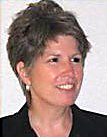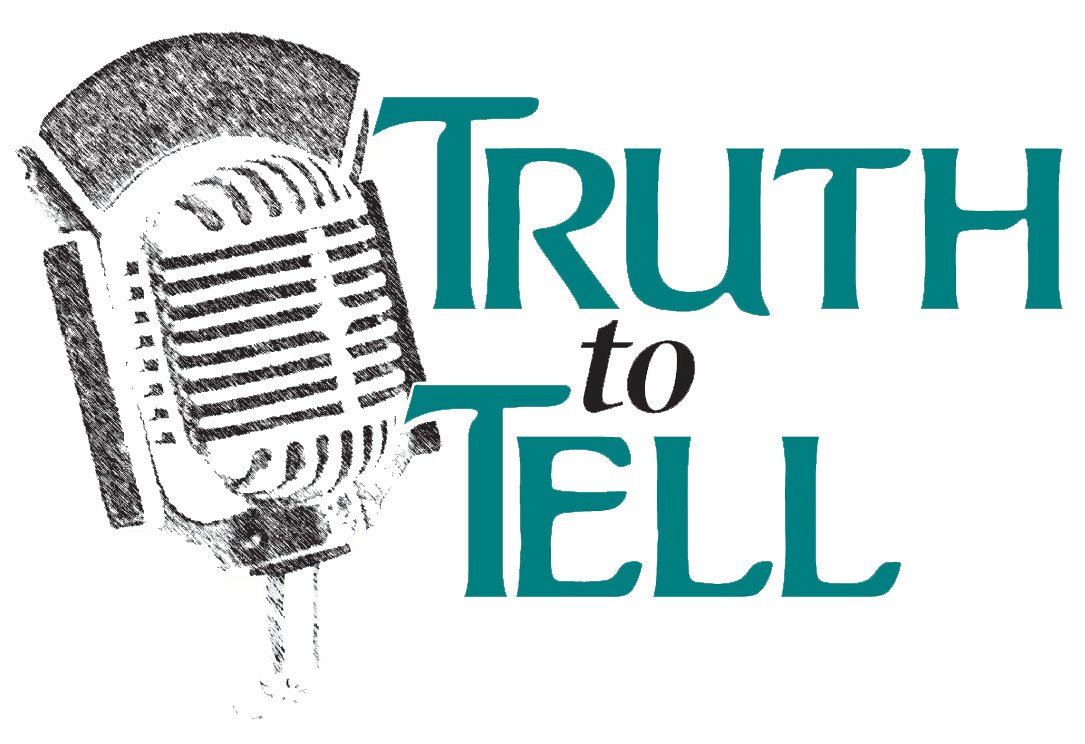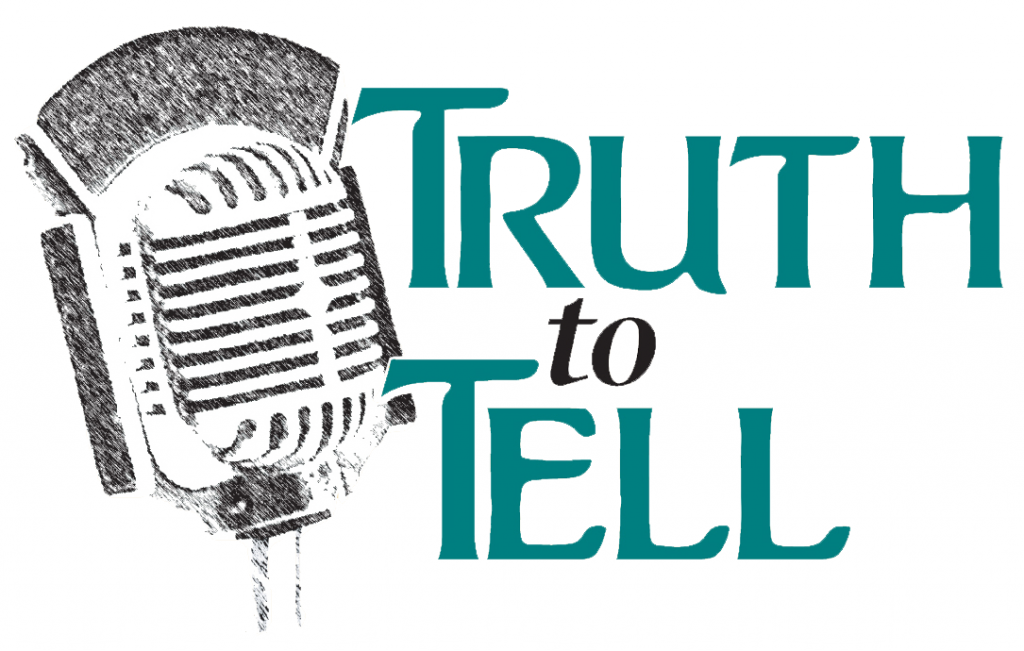TTT1240–Oct1-EducationInvestment
Just a couple of days left to help approve of KFAI respecting your time and your patience this Fall with ONE WEEK’s worth of membership seeking. CALL NOW: 612-375-9030 – or go online atwww.KFAI.org and PLEDGE PLEDGE PLEDGE!
Can we make our stated goal of $90,000 in one week instead of two? Only you can answer that question and set a new standard for minimal pledging time and maximum donations in half the time. HERE”S THE GOOD NEWS: we’re almost 25% there after just three days. KFAI – the stand-out community programming service for music and public affairs throughout the Twin City Metro AND online at KFAI.org – is YOUR radio station in this crowded market. Please – step up to the plate and keep us on the air. Call 612-375-9030 OR give online at www.KFAI.org. And thanks to all!
~~~~~~~~~~~~~~~~~~~~~~~~~~~
One more THANKS to all of you who put your dollars toward CivicMedia’s mission to make TruthToTell a premier program of state, local and regional public affairs coverage. We, too, need special commitments to what TruthToTell does for issues: www.TruthToTell.org – click on the DONATE button or in the Give to the Max box there.
~~~~~~~~~~~~~~~~~~~~~~~~~~~
As we enter the last few weeks of the election season, we’ll be bombarded with so many messages our heads will spin, probably causing most of us to scream “Enough!!.”
Even those of us proud to claim political junkie-hood – call us policy wonks or whichever monkey is on our back at the moment – will want the spin to stop spinning our heads. Never will so many channels be switched and switched away from the inundating and vapid commercials touting the candidate of the moment or denouncing and distorting his or her opponents as they will be starting about now. None of them is immune and is off the hook for their crimes of lying to the public or bloviating over the records of their candidate or their opposition.
But, we can be sure of one thing: the issues themselves don’t change and neither do the candidates’ position on them.
One of the most important, needless to say, is education, the way we pay for it and how much we’re willing to lay out for our children and grandchildren to become the citizens, business owners, civic leaders and educators of tomorrow.
Year after fiscal, never-take-a-riskal year*, Minnesotans have allowed their education systems to slide into reverse both in terms of the amount allocated to the Constitutional mandate of adequate and quality education for all children, but from where those funds come. Before 1972, it was all about local property taxes. Soon, the so-called Minnesota Miracle was passed by a huge wave of DFL majorities putting the burden of state education equalization – or distribution of the funding burden – more heavily on the income tax on the theory that our kids’ education shouldn’t rest on the artificial fluctuations in property values.
That seemed to make sense, but subsequent state legislatures allowed the funding base to slip back on to the property tax and the excess levy referendum was born, allowing some districts to seek approval from voters for additional dollars to enrich their academic and extracurricular activities. Of course, that was a lot easier for family-rich suburbs where education investment was a no-brainer. But in the core cities where the poorest of the poor live and aging populations represented DIS-investment in schools – sometime understandably, sometimes selfishly – excess levy referenda became tougher to pass. (St. Paul is venturing back into this marketing arena with a referendum this November. Watch and listen for our October 15th TruthToTell on this.)
Add to this the frustrations of recession, the resulting rise of conservative governance – say, election of Tea Partiers – a few years of tearing down the very soul of educational achievement – good teachers, and the yawning achievement gaps in a re-segregating education system of many Metro Areas, especially the Twin Cities – and you have a formula for persistent crisis management of the schools and the failure of too many Pre-K-12 students by poverty level.
Governor Mark Dayton’s failure to convince a newly emboldened GOP legislative majority in 2010 and 2011to add a dime’s worth of new revenues to the state budget and you have the makings of a kamikaze legislative leadership style that would rather watch its own children starve for knowledge – and maybe food as well – rather than back down from Grover Norquist’s imposed and intimidating no-new-taxes pledge.
Back in June, a 27-member Education Finance Working Group, established as part of Governor Dayton’s Seven-Point Plan to establish better school funding, the goals of the reform proposals crafted by the working group are to:
· Improve the adequacy, equity and stability of pre-K-12 education funding
· Simplify education funding
· Preserve local control
· Close the achievement gap
· Promote high achievement for all students
· Direct resources closest to students, teachers and the classroom
What to do about education funding or investment? Despite legislative entrenchment, almost all surveys show that sizeable majority of taxpayers willing to cough up several hundreds of dollars more taxes per year to meet the fiscal demands of a successful schools climate. And, because this is true, it’s up to voters to show their elected officials and candidates just how much they believe schools and students – our children and grandchildren, to be sure, have taken it in the neck for too long and for all the wrong reasons: political expediency, among the leading causes.
TTT’s ANDY DRISCOLL and MICHELLE ALIMORADI spend this Pledge Week’s conversation talking with two leading members of that Education Finance Working Group and try to get a handle on what to expect with respect to future public education financing and investment – election or no election?
~~~~~~~~~~~~~~~~~~~~~~~~~~~
*See “How to Succeed in Business…”
 MARY CECCONI – Executive Director, Parents United for Public Schools
MARY CECCONI – Executive Director, Parents United for Public Schools
 DANE SMITH – President, Growth&Justice – progressive think tank
DANE SMITH – President, Growth&Justice – progressive think tank



